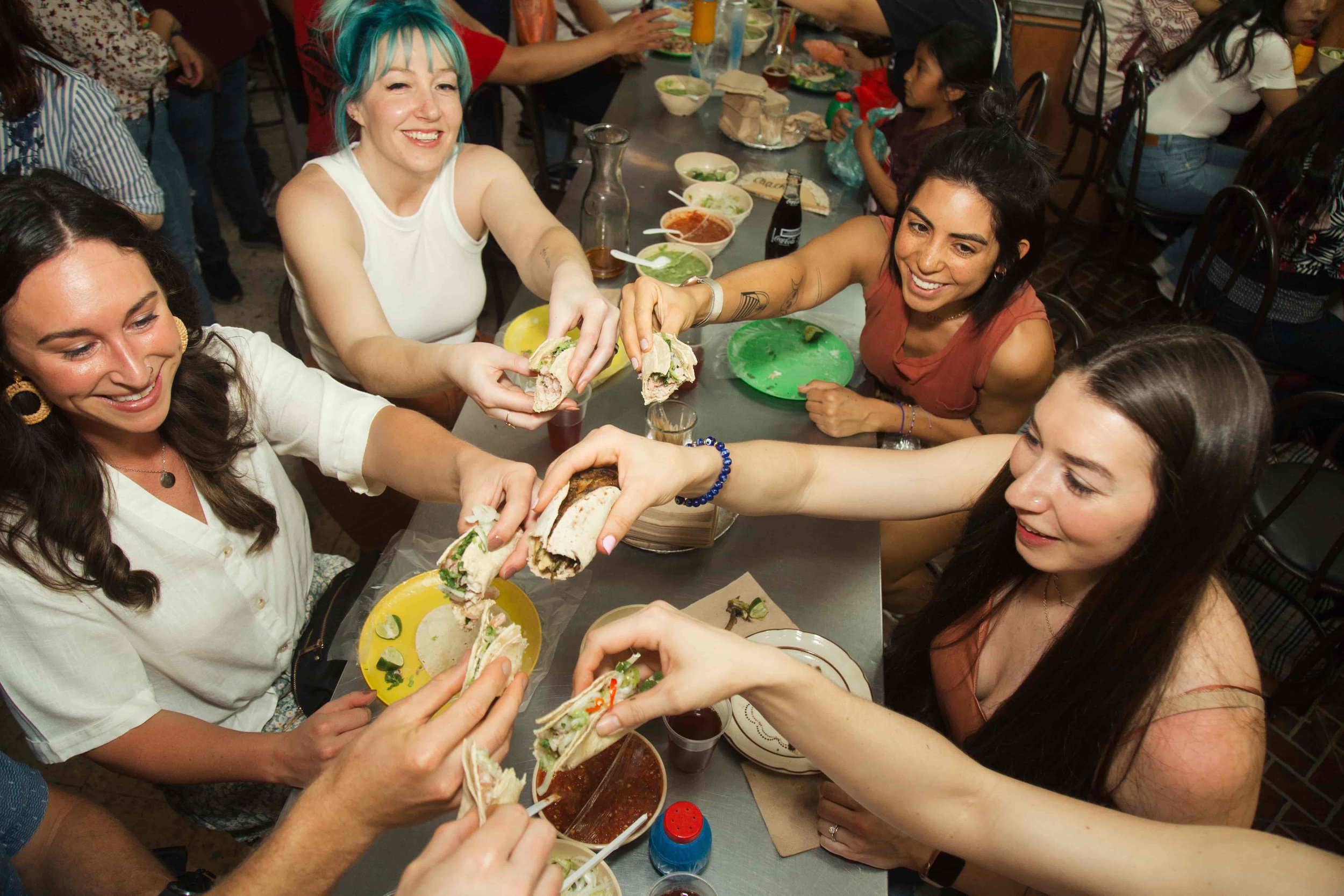
welcome to the blog
join our weekly newsletter & stay up to date with the latest posts
search for an article
BREAKING THE CYCLE OF RESTRICTION: HOW TO CREATE A BETTER RELATIONSHIP WITH FOOD AND YOUR NUTRITION
The cycle of perpetual restriction can look like throwing away the cookies your friend just brought over because you know that if you have just one, you'll spiral into eating every sweet treat in the pantry. It can look like not even keeping those “scary” foods in the house because you've labeled yourself as someone with no control. It can also look like an entire inner dialogue of categorizing “good” foods and “forbidden” foods and promising ourselves we'll only eat “clean” while also ignoring the fact we've never succeeded at this game in the past.
SETTING BOUNDARIES AROUND FAMILY FOOD TALK: HOW OUR FAMILY’S DIET AND BODY TALK IMPACTS OUR EATING BEHAVIORS
You're enjoying Sunday dinner with your family when your aunt comments, "Are you sure you want more mashed potatoes? You've already had two helpings!" This type of communication or commentary can have very detrimental effects on our self-esteem, body image, and overall relationship with food. It may contribute to the development of disordered eating patterns and a heightened focus on achieving unrealistic beauty standards that impact us in very negative ways as we age and grow.
REMOVING GUILT AND SHAME FROM OUR FOOD CHOICES
For many, our nutrition history has been very confusing. There has been so much right or wrong thrown our way via marketing; so many “good” foods and “bad” foods as decided by some particular fad within diet culture; fleeting trends with changing definitions of what’s right and wrong; and certain thoughts and feelings we’ve attached to certain food choices. So, how do we go about breaking these habits of guilt and shame around our food choices?
Debunking the Myth of Good vs. Bad Foods: The Key to a Better Relationship With Food
Our relationship with food is something that has been crafted over many years of familial influence, social gatherings, and trendy “quick grab” headlines. You likely have foods categorized into groups like “breakfast, lunch, dinner”, “good and bad”, “healthy and unhealthy”. While some of these categories might be useful, others might be a barricade built in front of our own food freedom.




